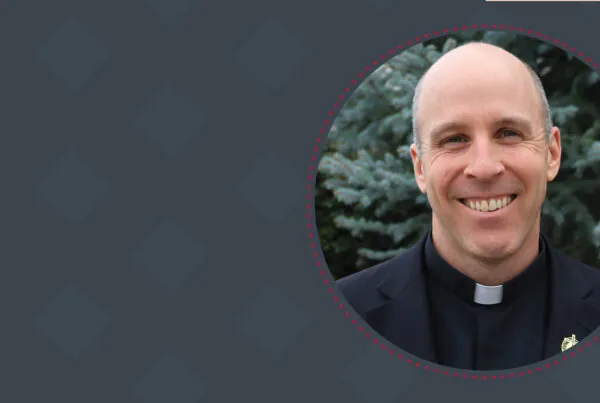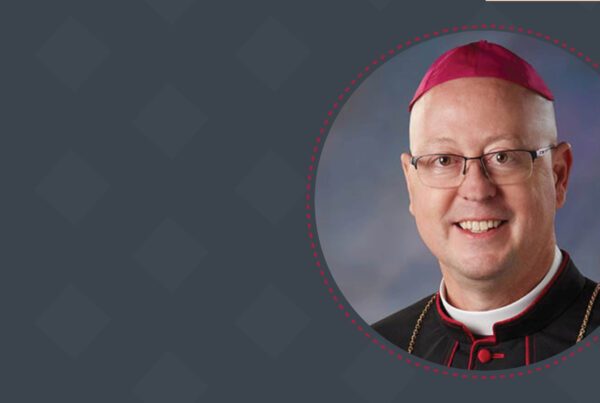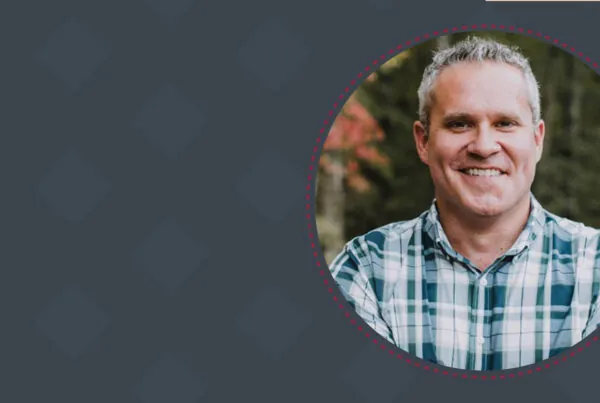Through the Hope for the Future campaign, the Paulist Fathers raised over $30 million, far exceeding the initial public goal of $20 million.
The key? The Paulists never made their campaign about money.
Instead, the campaign focused on the Paulists’ mission.
“Because people have been accompanied so well by Paulists over the years, people just responded,” said the Rev. Eric Andrews, CSP, who served as president of the Paulist Fathers from 2014-22. “Obviously if you don’t feel pastorally fed, accompanied and cared for, (fundraising) is going to be a heavier lift. But clearly people have benefited from the Paulist mission and ministry. The campaign became about allowing us to continue that mission through our ministry.”
The Paulist Fathers, formally known as the Missionary Society of St. Paul the Apostle, were the first religious community of Catholic priests established in North America. Their ministry is found in media and the arts, in parishes and downtown centers, and on college campuses. Today, they serve in 10 states, the District of Columbia and Rome.
Across their work, the Paulists maintain a focus on their unique charism and mission, rooted in “evangelization (reaching out), reconciliation (bringing peace) and ecumenical and interfaith relations (seeking unity).” With over 2,700 donors spanning 42 states, Hope for the Future illustrated just how deeply the Paulists’ identity resonates with its parishioners, members and supporters across the United States and in Rome.
“I think people identify with us and feel like they’re part of the Paulist family,” Andrews said. “That was another word we always stressed was that you’re part of the Paulist family. I think this inspires us in our mission to keep going and to know we have great support.”
The Hope for the Future campaign first began in 2017, when the Paulists started raising funds to construct a new seminary building in Washington, D.C., care for senior Paulists, address deferred maintenance at Paulist-owned properties and invest in outreach ministries. After raising just shy of $9 million in lead gifts, the Paulists hired the Steier Group to conduct a campaign planning study to gauge support for a national capital campaign. Following a successful study, preparations began for the comprehensive campaign.
As fate would have it, on the eve of the campaign’s public launch, the COVID-19 pandemic took hold across the country, especially in New York City, home to the Paulists’ headquarters in Manhattan. The campaign paused for six months, but hit the ground running in the fall of 2020.
Andrews credited the campaign’s national lay leadership committee, with representation from each Paulist parish and foundation, for navigating unchartered waters.
Said Andrews: “I remember two meetings: One where (the committee) said, ‘You’ve got to hold. It’s too soon (to relaunch the campaign). And one where they said, ‘OK, it’s time to go. Green light.’ I really give them the credit for turning the lights on and getting everything going.
“And Steier was always ready for that. With COVID, (Steier Group) said, ‘When you’re ready, we’ll be ready.’ That was a real pivotal moment.”
Over the next 18 months, the campaign team completely revamped the public phase strategy as each Paulist parish and foundation rolled out local campaigns for the broader effort. The Steier Group customized the local plans based on the state of the ongoing pandemic and each community’s comfort level with in-person gatherings. Some campaigns were conducted virtually while others were rolled out in a hybrid manner.
“Steier was so flexible in saying, ‘We’re going to do it all virtual (at the beginning),’” Andrews said. “No one had done that and it normally wouldn’t be recommended, but we made that work, too.”
“The Steier Group was there for us, met any challenge, could work with challenging individuals and the full spectrum of parishes. Looking at the portfolio of parishes, there are no two alike. Some of them are totally different in outlook of church or politics, whatever it may be – blue state, red state and everything in between. You were able to interact with a diversity of church. … To be able to be successful in Berkeley and Boston and New York along with Knoxville, Horseshoe Bay and Grand Rapids speaks volumes about how you’re able to meet clients where they are.”
Throughout the constantly changing pandemic landscape, Hope for the Future relied on more than 300 lay leaders to share the campaign with fellow parishioners. Of course, the volunteers presented the campaign goals and answered questions. But most importantly, they shared their personal stories.
“It’s not about asking for money, but about sharing how I’ve been impacted by the Paulist mission and the Paulist Fathers and why that makes a difference in the particular area,” said the Very Rev. René Constanza, CSP, current president of the Paulist Fathers. “It was important to get diversity – a team that represents the different community members – but it was also important to get passionate individuals who can talk about it from their heart.”
Constanza served as rector of the Cathedral of St. Andrew in Grand Rapids, Michigan, during the campaign’s public phase. He also worked with the Steier Group during the Diocese of Grand Rapids’ Our Shepherds – Our Future Capital Campaign.
During Hope for the Future, the Cathedral of St. Andrew more than doubled its $890,000 parish goal, raising $2 million with a nearly 60% participation rate.
In total, the Paulists’ parishes and foundations achieved an average participation rate of over 45%.
The key?
“It has to do with the mission,” Constanza said. “It was less about the ‘for what?’ but more about the ‘why?’”
Today, the Paulists are already seeing the fruits of the campaign with over $19 million in pledge payments already received.
Notably, the Paulist House of Mission and Studies will be unveiled during a ribbon-cutting ceremony this November.
However, Constanza notes that the campaign’s legacy is far bigger than the tangible campaign goals.
“The impact, for me, is on mission and relationship,” Constanza said. “Why? Because this was like a booster for us to get to know more people, to get to relate to others and to get to hear the stories of others. In many ways, the positive impact goes beyond the seminary that’s being built or the money that was raised. It has given us a bigger profile with those that we serve.
“I think every campaign is a booster for the particular community or the particular church for its mission.”




